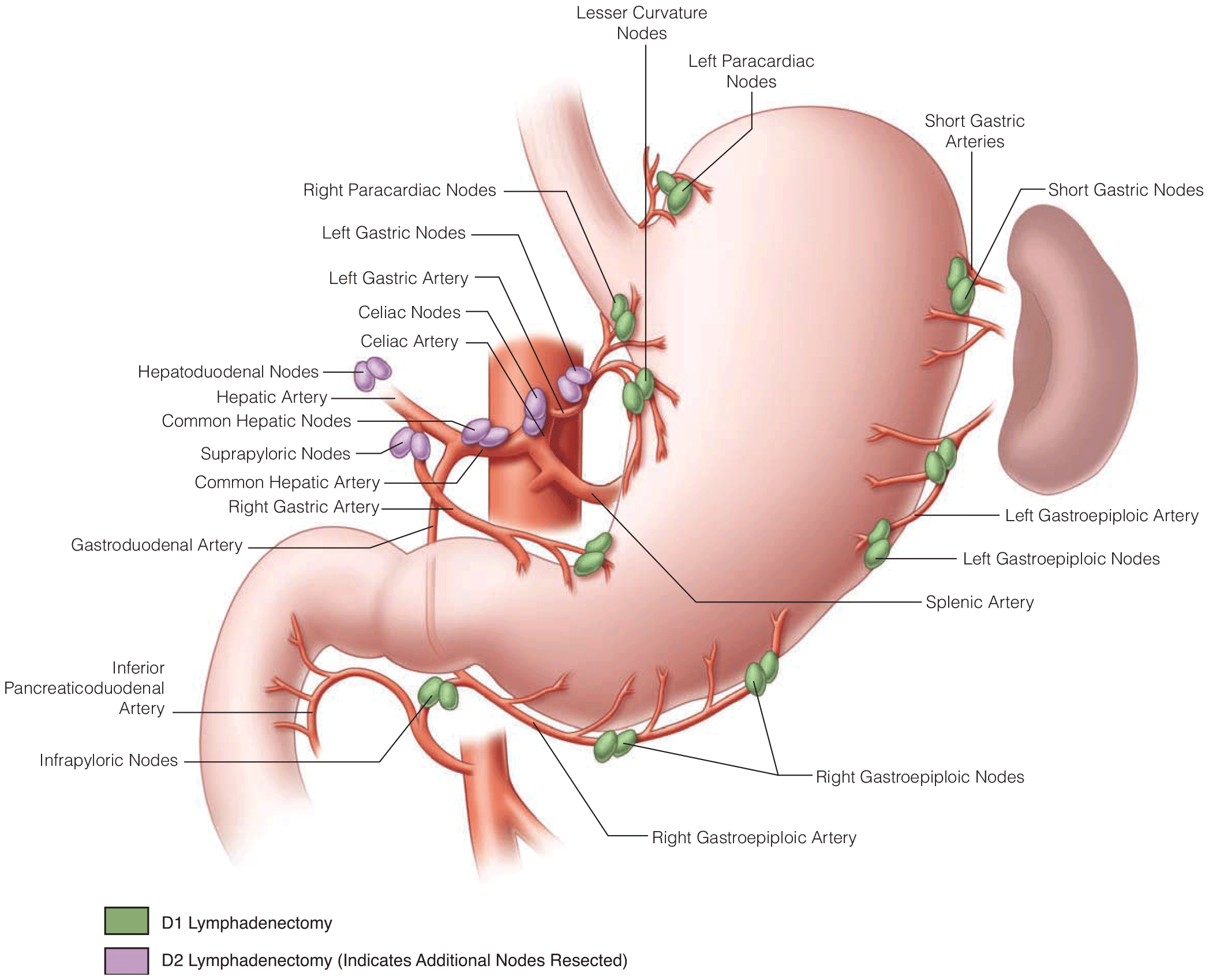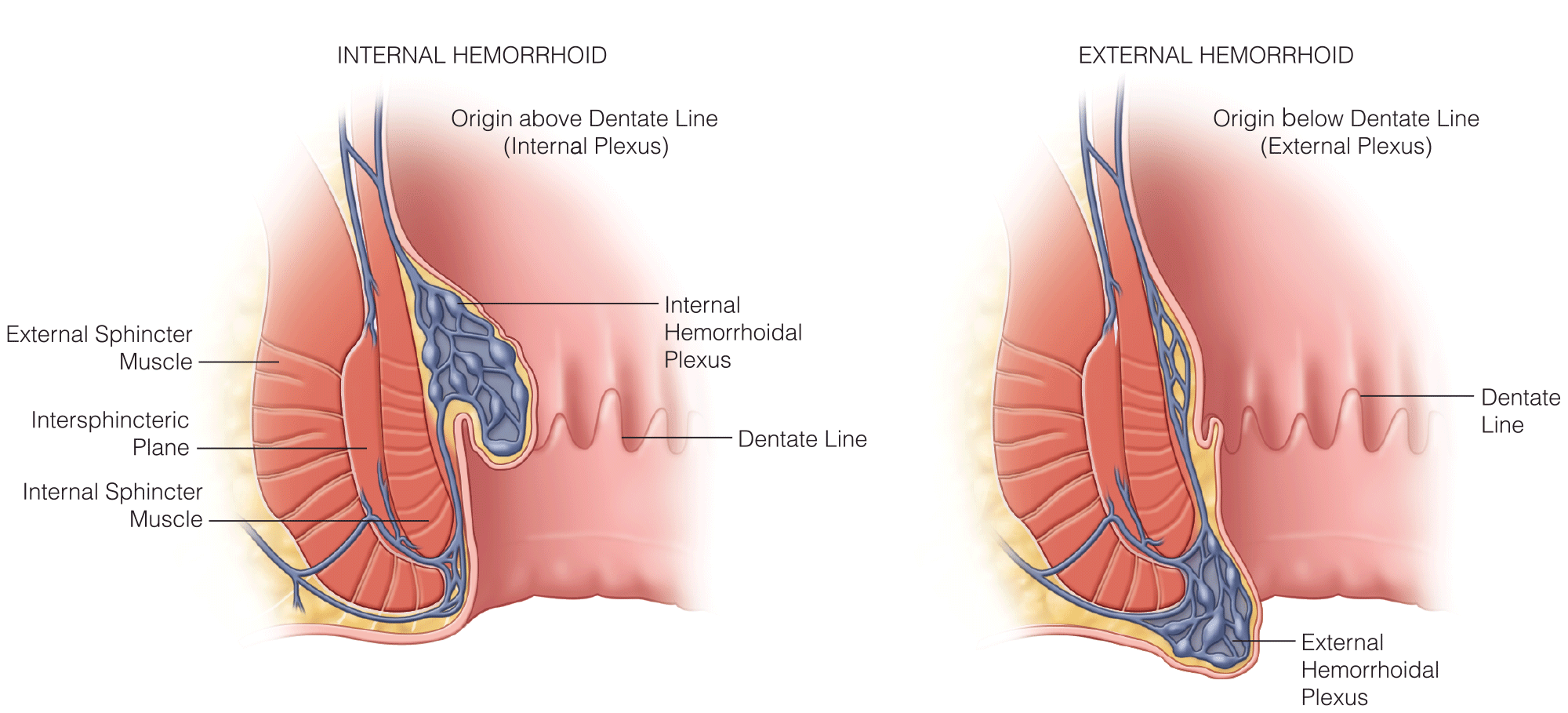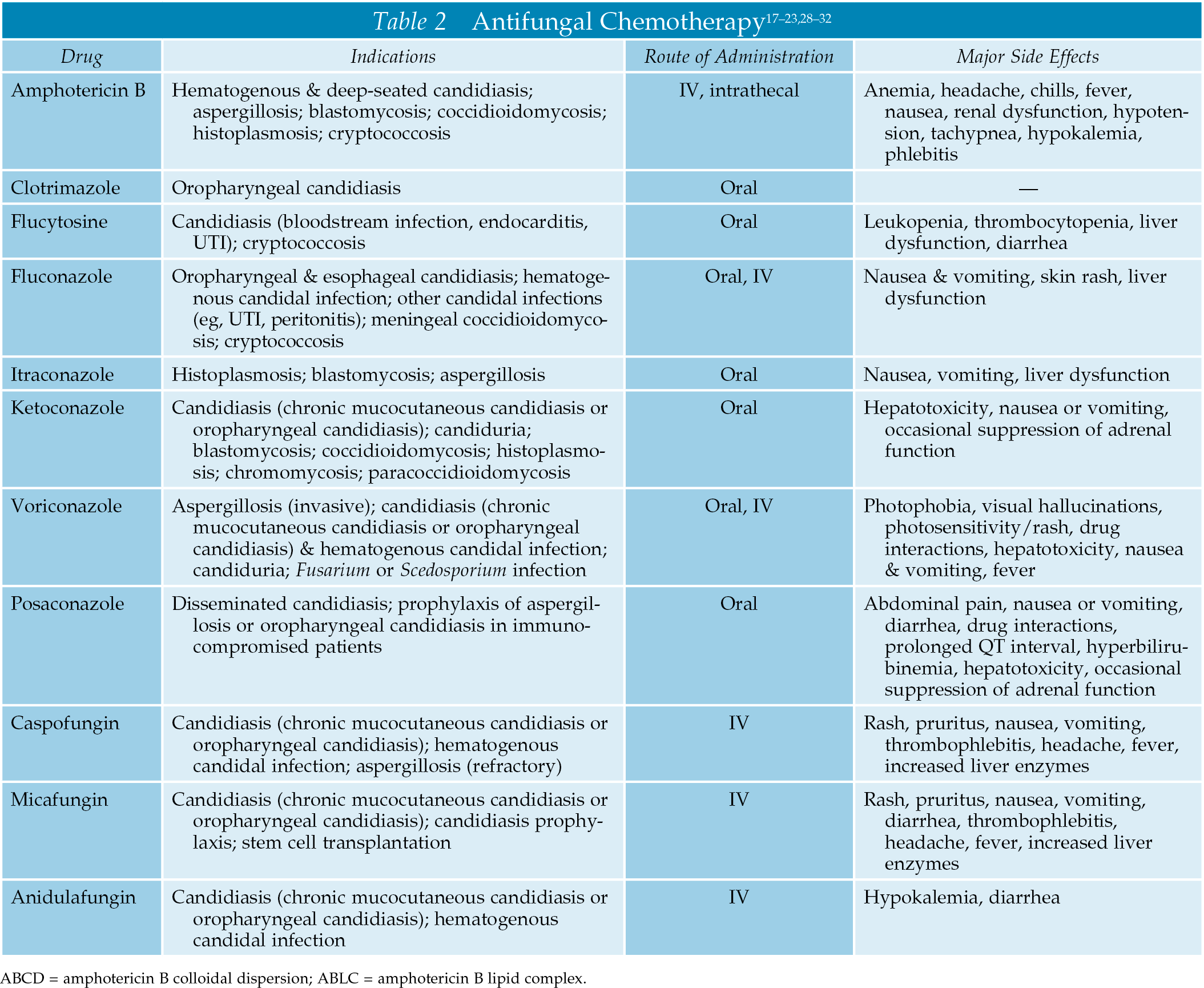Tumors of the Stomach and Small Bowel
- The overall incidence of gastric carcinoma has decreased in the past few decades, but it remains the second leading cause of cancer death worldwide. In high-risk areas (e.g., Japan), mass screening programs have been successful in identifying early gastric cancer, which is generally amenable to surgical cure. Screening is not used in Western countries because the incidence of gastric cancer is low enough that screening is not cost-effective.
- AJCC 8th edition staging manual for gastrointestinal tumors is included in this review.
- One new method for the identification of small bowel tumors is wireless capsule endoscopy. This minimally invasive technique may be particularly useful in identifying small lesions in the distal jejunum and ileum that cannot be identified radiographically.









.png)







